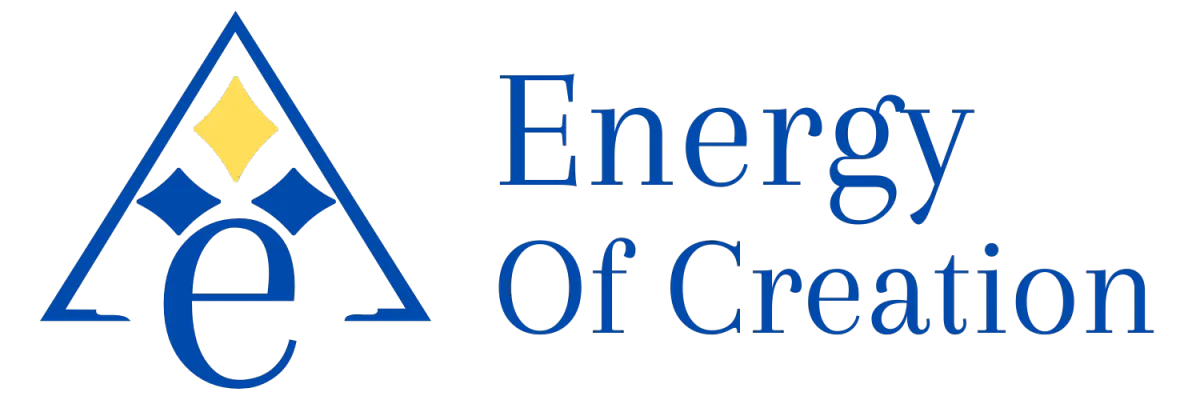Oops!
404 - Page Not Found
The page you are looking for might have been removed, had it's name changed, or is temporarily unavailable.

"BREAKING CYCLES, BUILDING FUTURES"
© 2025 ENERGY OF CREATION is a 508(c)(1)(a) non-profit organization. All proceeds support our mission of providing sustainable wellness in underserved communities. No refunds available.
